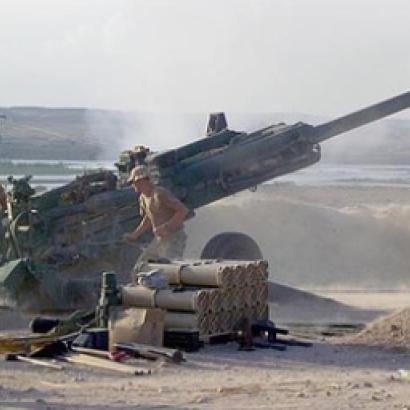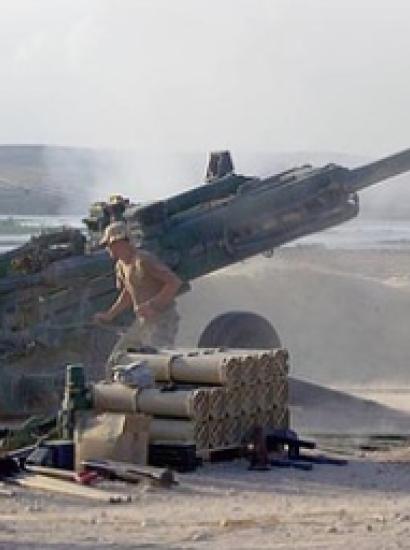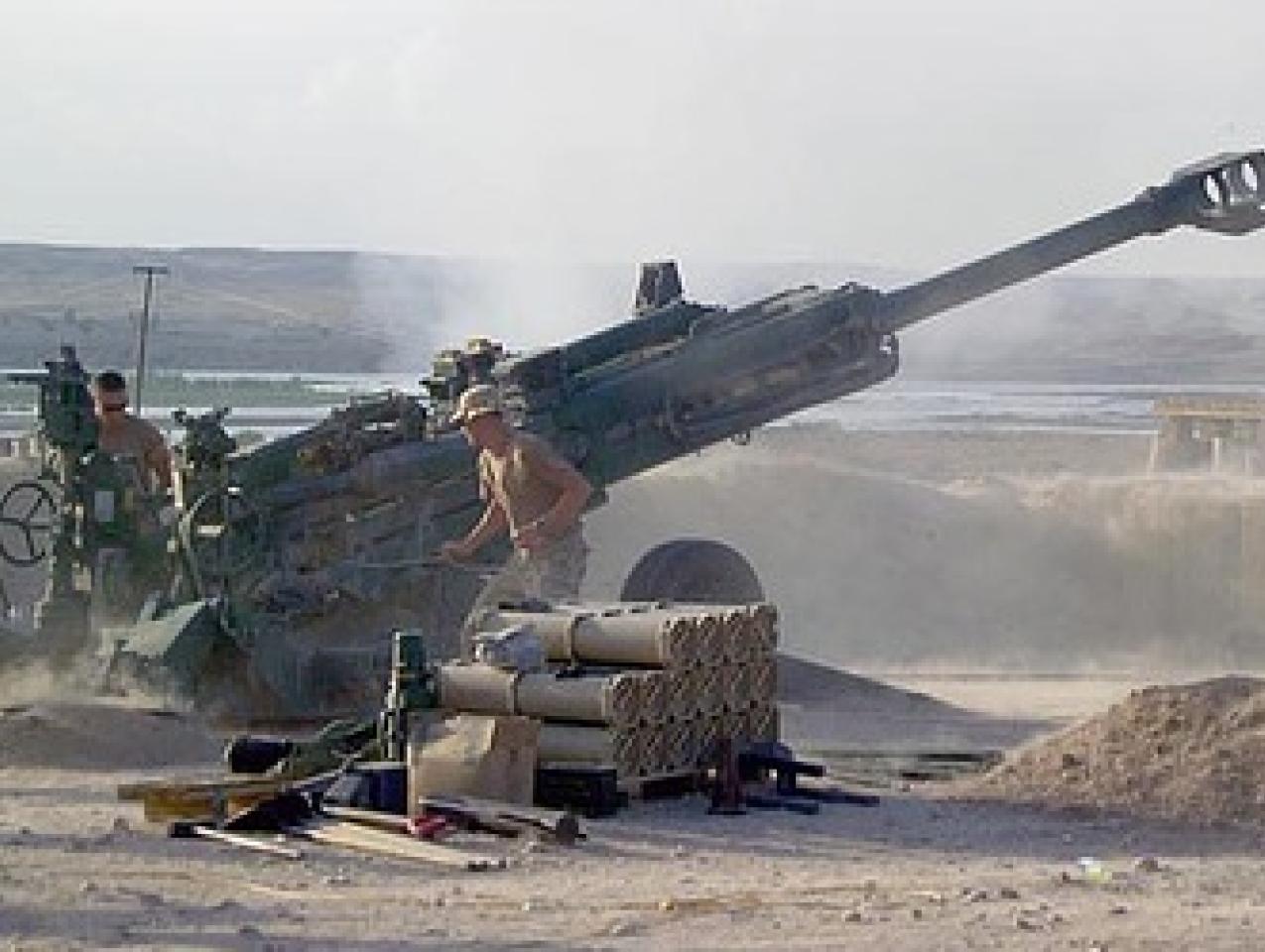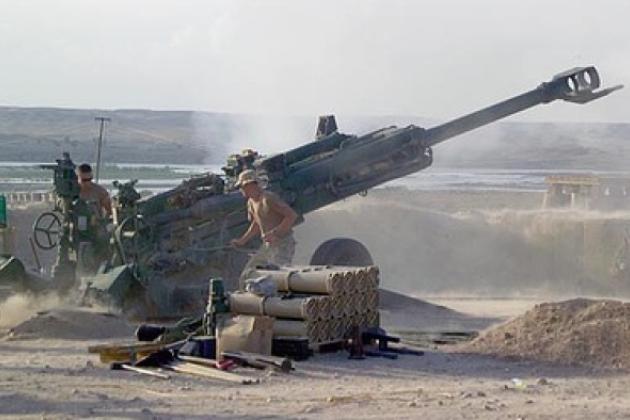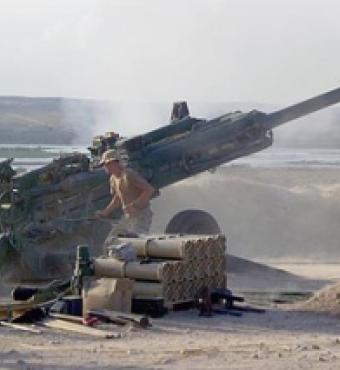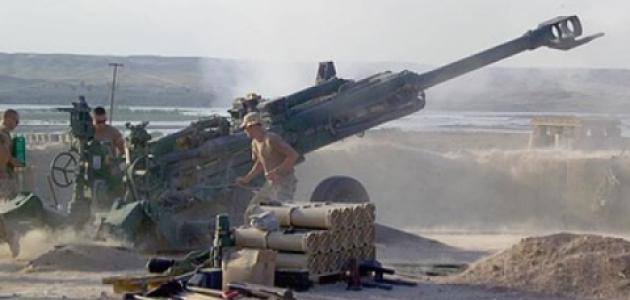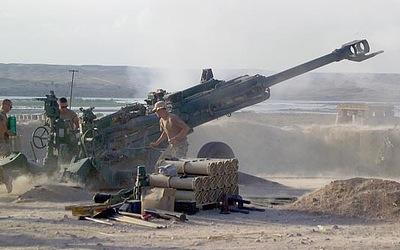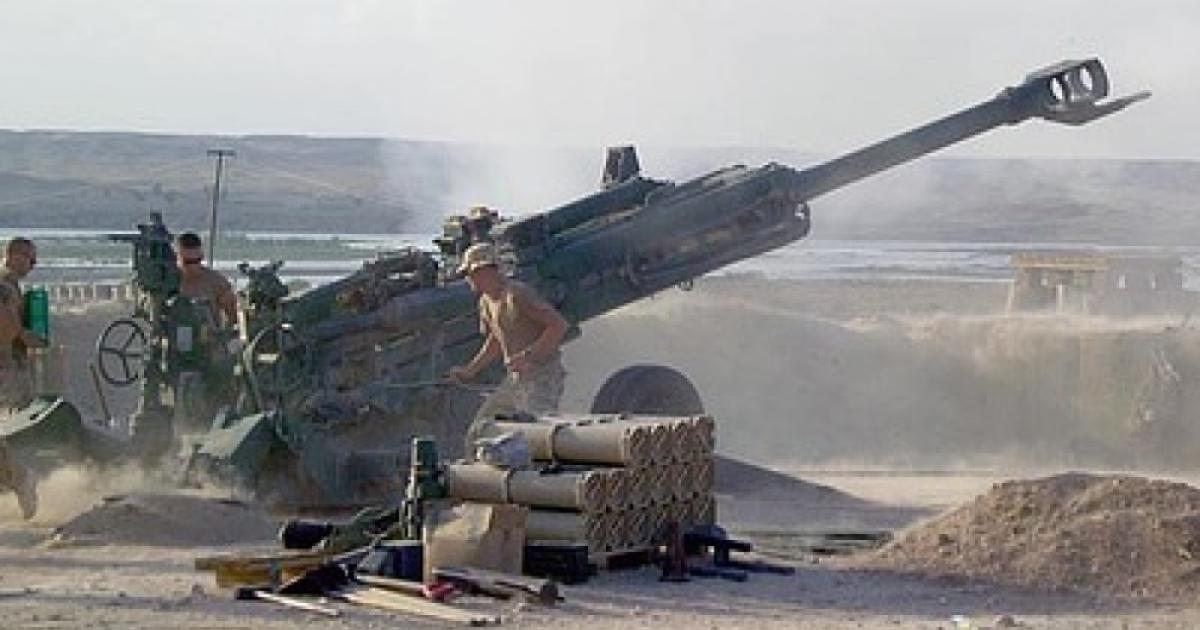- International Affairs
- US Foreign Policy
Four decades after the United States withdrew its ground combat forces from South Vietnam, that war’s ghost casts an ominous shadow over the American departure from Afghanistan. By the end of next year, the International Security Assistance Force (or ISAF as the American-led coalition forces are known) will have evacuated its combat units from Afghanistan. Will Afghanistan suffer a similar dismal fate as South Vietnam? It succumbed to defeat two years after the U.S. military departure.
Converging Lines
The parallels between these two conflicts are not exact, but they are aligned closely enough to speak to the end of the ISAF-driven counterinsurgency in Afghanistan. The insurgents in both wars exploited nationalistic impulses against the U.S. presence while also fighting to instill radical ideologies—Marxism and Islamism, respectively. The Viet Cong and their North Vietnamese backers combined a war of national liberation with a communist program. In Afghanistan, the Taliban insurgents link their battle against a retreating Western coalition with the aim of establishing an Islamic state and Sharia courts. Neither just guerrilla fighters nor jihadist terrorists, the insurgents represent political revolutionaries bent on garnering power for themselves. Despite their differing battlefield tactics, they saw—and see—their cause as part of a greater international movement to establish an earthly paradise pitted against the West.
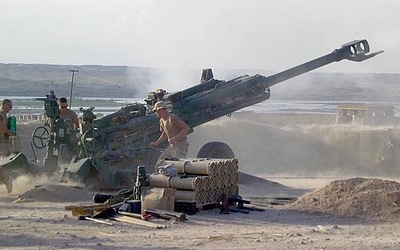
Photo credit: The U.S. Army
The military arcs of the two counterinsurgencies also converge. Both anti-insurgent efforts started with a slender U.S. footprint for instructing and mentoring beleaguered allies. In both theaters, the insurgents cleverly utilized the central government’s corruption, abuse, and neglect to advance their cause. When things went from bad to worse, the United States in Vietnam and later Afghanistan surged thousands of troops and implemented new counterinsurgency strategies that contained the conflicts, allowing Washington to envision turning over the war to local allies and withdrawing.
In Vietnam, the United States moved in aid and advisors as the defeated French pulled out in 1954. When the South Vietnamese failed to stem the rising tide of locally-based Viet Cong or to block the infiltration of North Vietnamese cadres and regulars, Washington committed heavy reinforcements which peaked at 543,000 troops in April, 1969. Incoming General Creighton Abrams ended his predecessor’s large-scale search and destroy sweeps and instead broadened the security of villagers from communist murder and intimidation after he took command in 1968.
Forty-one years later, in 2009, a new commander in Afghanistan, General Stanley McChrystal, embraced a similar strategy of population protection against the Taliban’s killings and coercion. To salvage the faltering Afghan campaign, the new Obama administration also deployed an additional 47,000 troops to reach a peak level of some 100,000 American personnel together with some 42,000 other ISAF forces.
War in Afghanistan resulted from its complicity with the al Qaeda terrorists, who bombed two U.S. embassies in East Africa, nearly sank the U.S.S. Cole in Aden, and, of course, crashed three commercial jets into the Twin Towers and the Pentagon on September 11, 2001. America’s counter-attack relied on an innovative operation in which scores of Special Operations Forces and CIA agents leveraged U.S. airpower with anti-Taliban militias to topple the theocratic regime within three months. By 2005, Taliban fighters and cadres reappeared in Afghanistan’s southern and eastern reaches, initiating an insurgency which killed local officials and entrenching strict Sharia laws.
Through increased U.S. Army and Marine Corps forces along with other coalition soldiers and proper counterinsurgency measures, ISAF beat back the Taliban, while it stood up an Afghan-manned security force, protected two nationwide elections, and built infrastructure as well as civic institutions in the world’s second poorest country after Somalia
Weariness and Wars
Just as the American public grew fatigued with Vietnam, it became similarly weary of the conflicts in the Middle East. Rather than making a case for U.S. interests, the Obama administration unilaterally yanked out all combat units from Iraq in late 2011 (paving the way for the return of the al Qaeda affiliate and destabilizing violence) and soon afterward announced to do the same from Afghanistan. That drawdown currently leaves about 60,000 U.S. troops and some 27,000 from allied nations. The White House plans on bringing home U.S. combat forces by the end of next year, leaving the Afghan security forces to confront the brunt of the Taliban insurgency on their own. There are un-finalized plans for a residual force of American and others to assist, advise, and train the Afghans. Reflecting this transformation is a name change from the current Operation Enduring Freedom to the new Operation Resolute Support.
America’s orderly withdrawal from South Vietnam was preceded by more than four years of preparation for the transfer of fighting communist subversion to its local allies. In most ways, this effort exceeded Obama’s efforts in Afghanistan in the length of time and in the resources provided to our Afghan partners. To alter the course of the Southeast Asia war, President Lyndon Johnson inaugurated what became known as Vietnamization by turning over more of the responsibility for fighting the war to Saigon in 1968. Although plagued by the same ills that later afflicted the ISAF-trained Afghan security forces—high desertion rates, corruption, and poor leadership in the officer and NCO ranks—many South Vietnamese divisions progressed, attaining excellent military proficiency and high morale.
When Richard Nixon assumed the presidency, he formalized the Vietnamization of the war but set no precise timetable for the U.S. withdrawal, although he began a steady troop drawdown. The complete U.S. evacuation was conditional on an agreement with North Vietnam, which was concluded in Paris in early 1973. By that date, the Vietnamization process was so advanced as to allow for less than 25,000 troops in the Southeast Asian country. The total withdrawal of the last American combat forces was completed by the end of March. What happened two years later is fortunately without precedent or reoccurrence in American history.
North Vietnam unleashed a massive conventional offensive into the South in early 1975. And the United States stood aside and let its former partner crash into defeat after a war that cost over 58,000 American dead, a generation left face down in the mud as Medal of Honor winner Admiral James Stockdale graphically phrased it. When the new Gerald Ford administration pleaded for authorization and appropriations to send ammunition (depleted during the past two years), spare parts, and, most critically, crushing U.S. airpower to assist South Vietnam, the requests were flatly rejected by the overwhelming Democratic-controlled Congress (voted in less than three months after Nixon resigned over the Watergate scandal and cover up). Perfidious America!
The Price Paid
The consequences were horrific. An estimated 100,000 South Vietnamese were executed by the communists. A further one million-plus people were sent to “re-education camps” for indoctrination, with over 15 percent dying there. Of the 1.5 million who fled, the “boat people,” somewhere around 50,000 to 200,000 perished at sea. Cambodia and Laos fell to communist insurgencies. The Cambodians endured the Pol Pot killing fields, and Laos is still an impoverished communist state. The media, Hollywood, and the academics blamed—and still blame—the U.S. military for America’s defeat in Vietnam. Will they do the same in Afghanistan?
No one realistically expects a replication in Afghanistan of an outside power rolling tanks and trucks crammed with soldiers across Afghan borders to seize Kabul in a month. But surely, the Afghan National Army and the police will be severely tested by the recharged Taliban insurgency, with an estimated strength of between 25,000 and 35,000 fighters. Should the Afghan armed forces fold or even cede safe havens to al Qaeda, the terrorist network would harvest not only bases from which to launch attacks but also a propaganda victory from which to inspire like-minded groups across the globe.
No one can predict what course Pakistan, Iran, Russia, or other regional states may follow in post-American Afghanistan. Pakistan will likely persist in its veiled backing of the Taliban; Iran could help its co-religious Hazara community, who live in west-central Afghanistan; Russia could return to backing northern ethnic groups. Their ethnic-sectarian civil war bred the conditions that led to the rise of the Taliban. Such a scenario reprises the 1990s and all the pathologies that led to the U.S. intervention.
It is useful to look comparatively at the military efforts to get the Vietnamese and Afghans to fend for themselves. At Nixon’s inauguration, South Vietnam army’s authorized strength stood at 850,000 men. He increased it to one million troops. The United States military turned over about $5 billion in military hardware in a war that cost somewhere between $150 and $225 billion at the time (near $700 billion in current dollars). More important than the dollar amount was the number and type of arms that South Vietnamese received. Not only did the Pentagon turnover some 1,000,000 M-16 rifles and 12,000 M-60 machine guns but also it transferred tanks, small ships, and more than 500 fighters and 625 helicopters, resulting in the country’s air force being ranked fourth in the world in numbers.
The Afghan Pullout
Contrast that preparatory effort with President Obama’s retreat from Afghanistan. In late June, 2011, the president spoke in the White House’s East Room in a televised address about start of the U.S. pullback from Afghanistan. Along with the coming home of 30,000 “surge” troops ordered to Afghanistan in his December 2009 speech at West Point, the president set out a schedule for transition for U.S. military forces from a combat to a support mission by the end of 2014. The exact composition, numbers, and combat roles remain to be set (and are part of the accord yet to be reached with Afghan president Hamid Karzai). The administration has floated figures that range from a tiny residual force of 8,000 to a moderate number of 12,000.
Marine General John Allen, before his retirement in early 2013 as ISAF chief, favored a U.S. force of 13,600 with 5,000 more from allied countries. In a moment of pique, the Obama administration threatened a “zero option” of no troops because of Karzai’s petulance over attempted U.S.-Taliban negotiations and myriad other issues. But this proposition is so unrealistic that it requires no elaboration.
Although the United States spent around $50 billion on the Afghan National Army, national police, and local police forces, it still lags in providing the Afghans with even a modest air wing. The purchase of a dozen or so more Russian helicopters (with which the Afghans are more familiar) is tied up in red tape and Congressional opposition to dealing with Moscow. Some twenty Brazilian-built Super Tucano light attack aircraft are not due until next fall. The training of the Afghan pilots does not begin until next spring. Afghans also need a drone surveillance capacity that gave coalition forces an edge in spotting the movement of Taliban insurgents in the country’s rugged terrain.
In fact, the coalition stopped most direct fighting this past June as it shifted almost completely to a “train, advise, and assist” mission among Afghan security forces. The Afghan forces now stand at 350,000 strong. But they still struggle to support themselves without adequate logistics, planning, and intelligence collecting as well as aircraft and helicopters. They also suffer from what is viewed as an unsustainable casualty rate of 50-100 dead each week. These casualties are double those previously suffered by ISAF forces, indicating Afghans lack the ability to protect their forces from assault and to care medically for them when they are hit.
The army’s desertion figures also run high, with 2 to 4 percent a month, which translates to a loss of about a third of the soldiers each year. Little wonder that the ANA struggles to build an experienced and skilled force over time. The police suffer fewer casualties and desertions but they are not immune from the same liabilities.
Taliban attacks are undiminished from 2012. They stage suicide bombings in the capital. They can cut off areas. Insurgents have returned to areas now vacated by U.S. soldiers and Marines. Indeed, recent reports raise concerns about the spread of the insurgency into Badakhshan, the only province firmly controlled by anti-Taliban militias when the U.S. intervened into the country twelve years ago. Across the border in Pakistan’s Punjab province, nearly a score of militant groups recruit and train in readiness to fight alongside their along-allied Pashtun Taliban once ISAF completes its exit of combat units.
Throwing this still-very-green force on its own in fifteen months invites a disaster. The intervening period will witness some improvements. But the air support and logistical capabilities remain too rudimentary to be overcome in a year-plus timeframe. The picture, moreover, looks cloudy as the Bilateral Security Agreement is still largely a work in progress between Kabul and Washington. The BSA is to govern the Western and Afghan relations after the ISAF combat depart. Specifically, Washington wants impunity from prosecution of American troops in Afghan courts. The BSA will also outline the aid package for Afghanistan as well as foreign troop levels to assist Afghan security forces. President Karzai has upped demands for assistance and procrastinates while Obama officials seek an October signing so as to regulate U.S.-Afghan relations and to ensure both Afghanistan and its neighbors of continued international support.
Without continued and firm U.S. and allied assistance, the fragile, war-beset country will likely re-descend into anarchy, violence, and a return of warlordism. Its fracturing will open the door for a return of al Qaeda bases, from which terrorist attacks can be launched on the West. Catapulting Afghanistan back into turmoil could also destabilize nuclear-armed Pakistan and the region. In an age where terrorists will stop at nothing, the fallout from precipitously abandoning Afghanistan will in all likelihood surpass the consequences that the American homeland escaped after the fall of South Vietnam.








